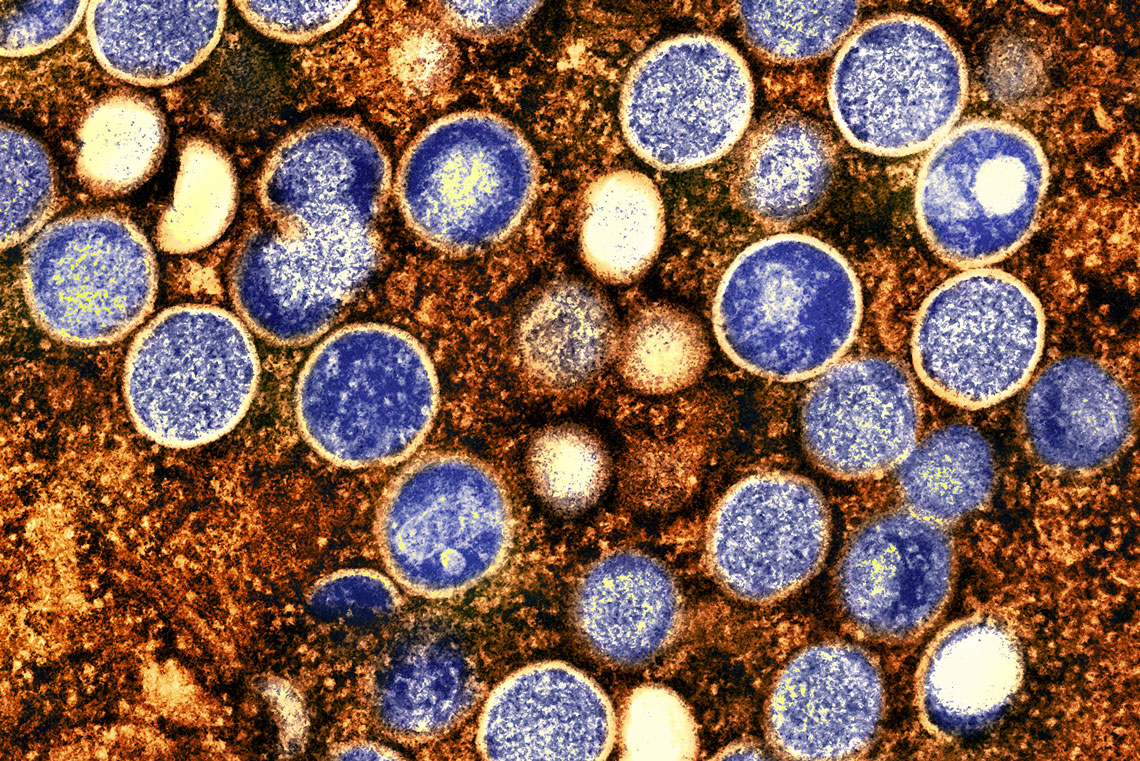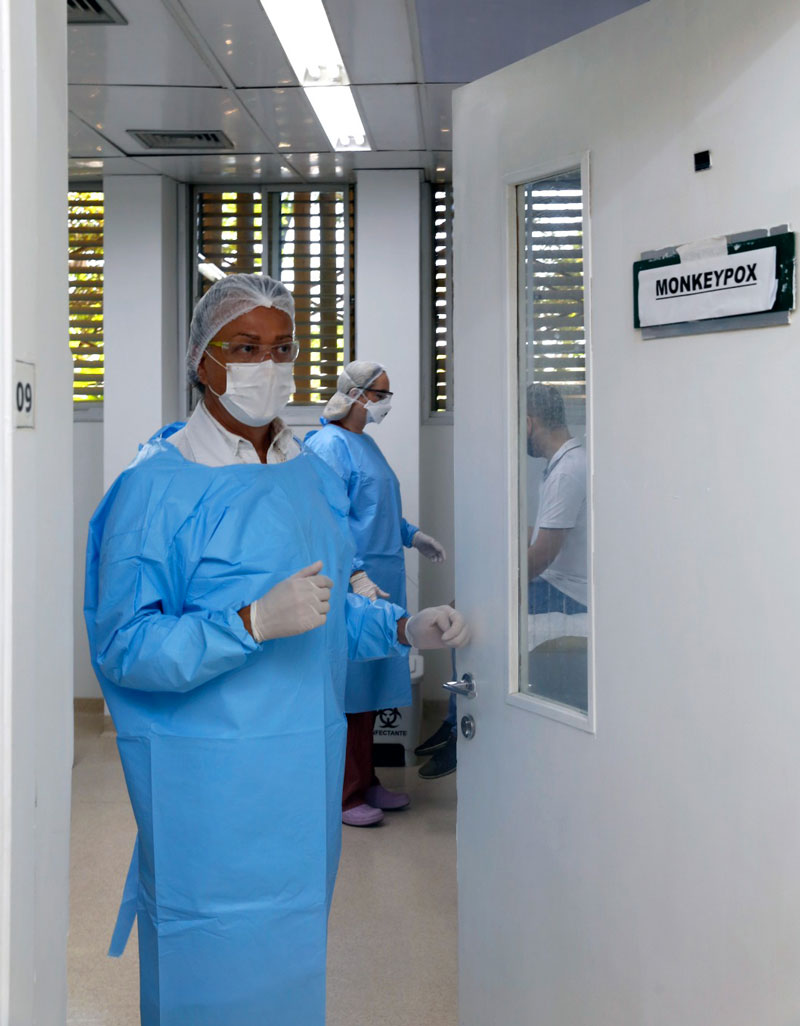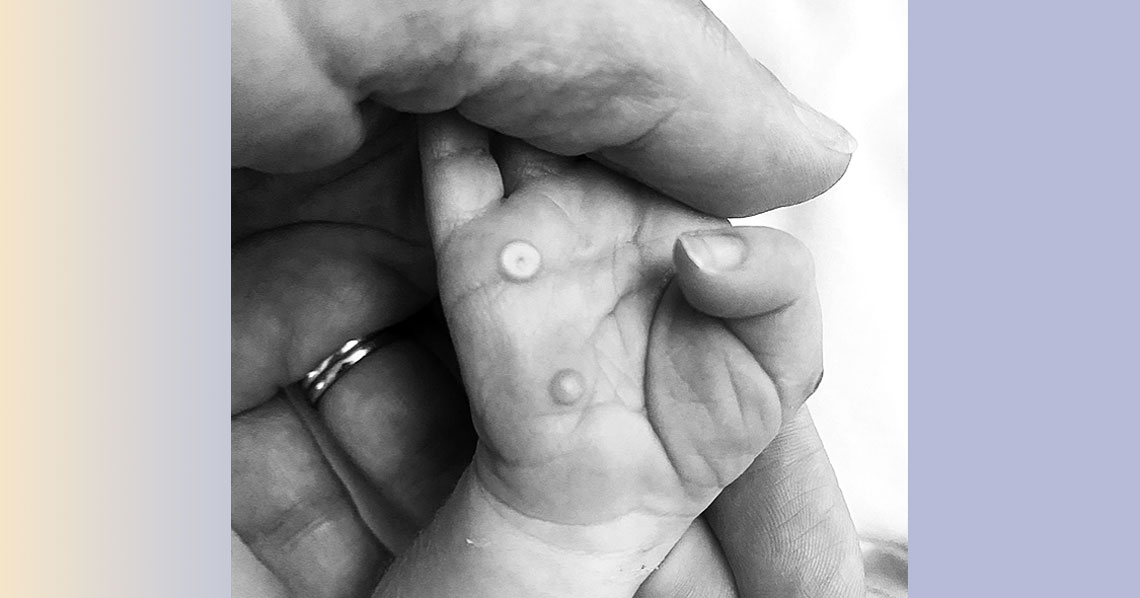In some regions of the country, monkey pox, renamed Mpox in November 2022 by the World Health Organization (WHO), could be spreading to other groups, besides the current majority made up of homosexual and bisexual men. This conclusion emerges from an analysis of the population infected by the virus that causes this infectious disease in Sergipe.
Of the 71 people that contracted the virus in the Brazilian state between August 22, 2022, and January 18, 2023, 15 were children and adolescents under 18 years of age. According to the report from February 4, in the Journal of Paediatrics and Child Health, the proportion of children and adolescents in relation to the total, 21%, is five times higher than that verified until now in Brazil. Until the beginning of February, the country was ranked second for the number of cases of the disease (10,758), behind the USA (29,993).
According to the WHO, the outbreak began in May 2022 reaching over 85,000 people and had killed 93 people by February, worldwide. But it slowed down at the start of 2023, with 404 cases recorded in the fourth week of the year (January 23 to 29) and 159 in the fifth week (January 30 to February 5). Since the start of the year, the number of cases has increased in 13 countries, especially in Chile, but another 70 countries have not recorded more infected people. Children and adolescents make up around 1% of the total of infected people in the world.
“The symptoms in children are milder than in adults,” observes epidemiologist Paulo Ricardo Martins-Filho, from the Federal University of Sergipe (UFS), coauthor of the report for the Journal of Paediatrics and Child Health. Diagnosed by the Central Laboratory of Public Health (LACEN), in Aracaju, all the children had skin lesions and 12 had general symptoms, especially fever, headache, muscle pain, or sore throat. There have been no deaths or hospitalizations for treatment since the first case was confirmed in Aracaju, on August 22.
Mild symptoms
“The lesions and other symptoms, very similar to chickenpox, usually disappear in a few days, just with symptomatic treatment,” says Martins-Filho. According to him, lesions in adults are concentrated in the genital, anal, and perianal region, but in children they appear more frequently on the chest, back, and limbs, and sometimes on the face.
Four children were infected after contact with contaminated people, three weeks before the appearance of lesions, but the forms of transmission for the majority of cases were not tracked. “This type of information has rarely been recorded in the medical records,” laments Martins-Filho. “The patient often doesn’t want to say, because the main form of transmission between men is through contact with lesions during sexual relations.”
The teams from UFS, LACEN, and the State Health Department have also observed that women respond to around 20% of Mpox cases in Sergipe. This finding helps explain the high proportion of infection among children and adolescents, because of the continuous contact of mothers with their children.
“There must be unreported cases of Mpox in children and women, especially in places where epidemiological surveillance is not intense and conditions are not suitable for conducting adequate laboratory examinations,” says Martins-Filho. In his opinion, some women may have been infected from having contact with the lesions of bisexual men. Women have presented fewer genital lesions than the male group.

NiaidMicroscope image of Mpox particles (blue) in infected cells (brown)Niaid
Monitoring
“The increase in the proportion of cases in children and women was in some way expected, considering the behavior of the virus in countries in Africa where it is already an endemic,” says infectious disease specialist Marco Aurélio Sáfadi, president of the Scientific Department of Pediatric Infectious Diseases of the Brazilian Society of Pediatrics (SBD). Outbreaks of Mpox in adults and children have been recorded in countries in West and Central Africa since the 1970s.
“It is important to do an in-depth epidemiological investigation to identify the mechanisms of transmission, to see if there really has been a change of epidemiological profile or if they are isolated cases, related to the local way of life,” stresses Sáfadi. “The high proportion of cases described in women, children, and adolescents in Brazil compared to that seen in other countries calls attention,” he adds.
According to him, the appearance of the virus in children and adolescents may be the result of both contagion in the home as well as an early start to sexual activity. In the cases registered in Sergipe, however, the concentration of lesions in different locations from those verified in adults suggests that the mechanism of transmission has probably been through contact at home and not through sexual activity.
“The increase of cases in children and adolescents may characterize a change in epidemiological profile, with new groups of people affected,” comments infectious disease specialist Lídia Maria Reis Santana, from the Epidemiological Surveillance Center of the State Health Department for São Paulo and the Federal University of São Paulo (UNIFESP).
From June 2022 to February 9, 2023, São Paulo was the state that recorded the most cases in Brazil: 4,318, of which 186, the equivalent of 4.3%, were in those under 18 years of age. Children and preadolescents up to 15 years of age presented lesions spread across the body and adolescents from 15 to 18 years of age had lesions in the genital and anal regions, like the adults.
The three adults who died after Mpox infection had extremely low immune systems—they were immunosuppressed. “They either had a late diagnosis and discovered they had HIV when they found out they had Mpox or they had abandoned HIV treatment,” says Santana.
Intense in July and August of 2022, when the number of cases doubled every seven days, the outbreak in the state of São Paulo cooled down. “From December until February, we had four new cases per day at the most,” she says. “Transmission fell in adults and children, which indicates that there was not sustained transmission among other population groups.”

Osmar Bustos /IIERRoom for attending patients with a suspected or confirmed diagnosis of Mpox in the Emílio Ribas Institute, in the city of São PauloOsmar Bustos /IIER
Political scientist Lorena Barberia, of the University of São Paulo (USP), notes: “We cannot rely entirely on notification to see if there really is an effective control of an epidemic.” According to her, “to know whether it is really falling, we have to examine how many tests are being done and how many people are tested.”
In an article published in Lancet Regional Health Americas on January 17, a group of researchers from USP warned that infection from Mpox, despite low lethality, could increase prejudice and stigma against men who have sex with men and fuel discrimination against LGBTQIA+ communities.
“Yes, we run that risk,” agrees Santana. “We have to learn new ways of communicating risks without incurring stigmatization, which pushes people away from health services. If we faced the sexual health of the population in a more open manner, we wouldn’t face this situation.”
Barberia, coauthor of the article, suggests that communication strategies promote the search for health services. “The images of skin lesions, in the case of Mpox, could both encourage people to take diagnostic tests as well as create a scary image of the disease and drive people away,” she says. “It is more important to differentiate the form of transmission than the people affected or to transmit the idea that there are specific risk groups.”
In the same edition of Lancet Regional Health Americas, a group from the Federal University of Campina Grande (UFCG), in Paraíba, commented that the low capacity for testing jeopardizes identifying cases and controlling the spread of the virus.
Mpox can be transmitted between people mainly through contact with bodily fluids, lesions on the skin or in the mouth and throat, droplets of saliva released by breathing or sneezing, or, more rarely, through contact with contaminated objects, according to the WHO.
Excluding the children, the profile of Mpox in Brazil has been similar to other countries. In a national survey, published in the March–April edition of the scientific journal Travel Medicine and Infectious Disease, the group from Sergipe observed that this disease had predominantly affected white (44%) men (92%), aged between 20 and 39 (73%) and self-identified as homosexual or bisexual (67%), causing skin (92%) or genital/anal (61%) lesions and fever (60%). According to the article by the UFS group, the records up to November are concentrated in the Federal District (10.8 cases per group of 100,000 people), São Paulo (8.9 per 100,000), Goiás (7.6 per 100,000), and Rio de Janeiro (7.3 per 100,000).
In August of last year, the Brazilian Ministry of Health announced the purchase of 50,000 doses of the MVA-BN vaccine, also called Jynneos, manufactured by the Danish company Bavarian Nordic, to start vaccinating people aged 18 years and over against common smallpox and Mpox. Only 20% of the doses had arrived by the start of 2023, initially intended for studies to evaluate the effectiveness and safety of the vaccine.
Scientific articles
MARTINS-FILHO, P. R. et al. Monkeypox in children and adolescents in Northeast Brazil: A case-series. Journal of Paediatrics and Child Health. Feb. 4, 2022.
MARTINS-FILHO, P. R. et al. Incidence, geographic distribution, clinical characteristics, and socioeconomic and demographic determinants of monkeypox in Brazil: A nationwide population-based ecological. Travel Medicine and Infectious Disease. Vol. 52, 102517. Mar.–Apr. 2023.


